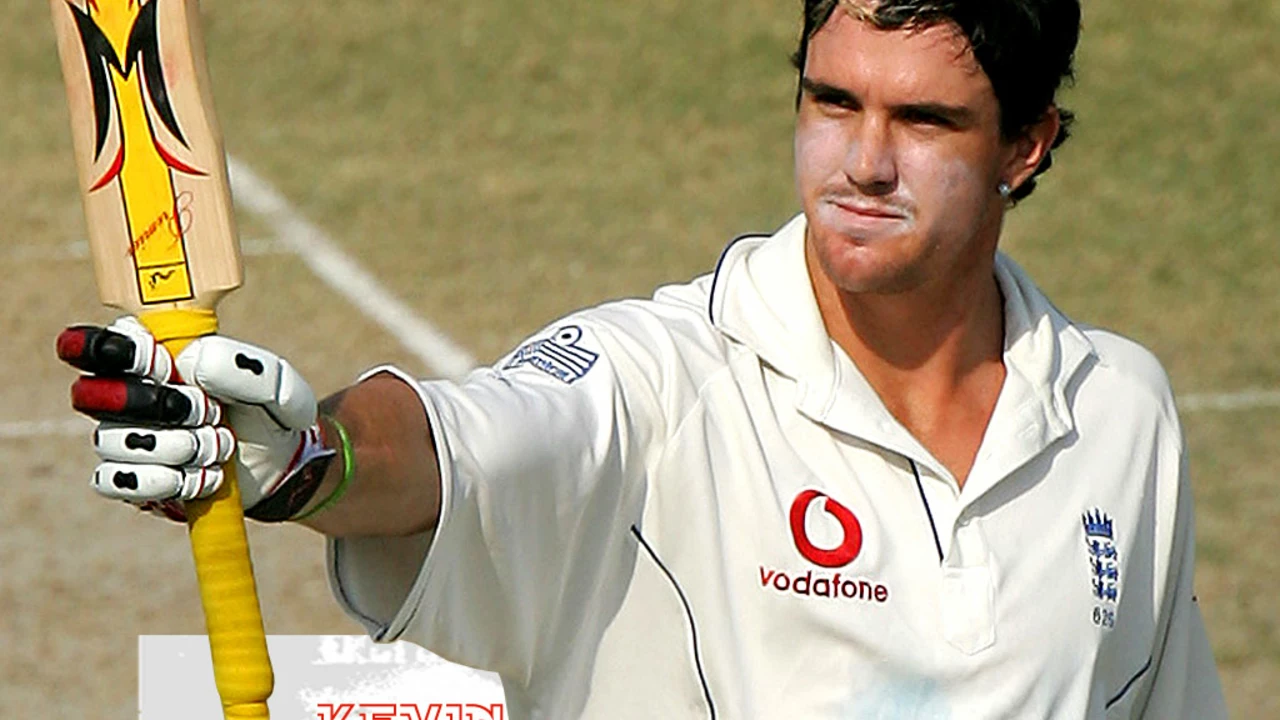Reasons: Why Things Happen and How They Matter
When talking about reasons, the underlying causes or explanations that lead to a particular result, we’re dealing with the thread that ties together everything from a cricket match’s result to a new housing development. Cricket, a bat‑and‑ball sport popular worldwide often sparks debate about why certain teams win, while television, broadcast platforms delivering live and on‑demand content and streaming, online services that let you watch shows and sports in real time raise questions about pricing, access and technology. Even housing, the provision of residential space for communities involves financial, social and environmental reasons that shape policy decisions. In short, reasons connect the dots across these diverse fields, helping us make sense of outcomes and plan better actions.
Key Themes That Show Up Across the Posts
One clear pattern is that reasons often stem from either economic pressure or strategic choice. For example, the Humax Freely box appears because of a market demand for free BBC, the UK's public service broadcaster channels, prompting a shift in how viewers access television. Similarly, Roma’s recruitment woes in 2018 illustrate that poor scouting and rushed decisions are reasons behind a club’s missed Champions League spot. In the housing arena, the Cardiff affordable housing plan shows that urban growth and sustainability concerns drive the decision to replace an old pub with new homes. Across sports, the question “how many square feet is a cricket ground?” highlights that physical dimensions and safety regulations are reasons for varied ground sizes, which in turn affect batting strategies and crowd capacity.
Another common thread is technology enabling new reasons for user behavior. The rise of apps like SonyLIV, Willow TV and JioTV provides alternatives to Hotstar because users seek reliability, exclusive content and device compatibility. Even a simple guide on removing a Cricket flip phone battery reflects a reason: the need for quick repair without professional service. These tech‑driven reasons influence how people consume media, stay connected, and solve everyday problems. By understanding why these shifts happen, you can better anticipate future trends – whether you’re a fan tracking match stats, a viewer hunting for the next streaming deal, or a citizen following a local development plan. Below you’ll find articles that dive deeper into each of these reasons, giving you practical insights and real‑world examples.




